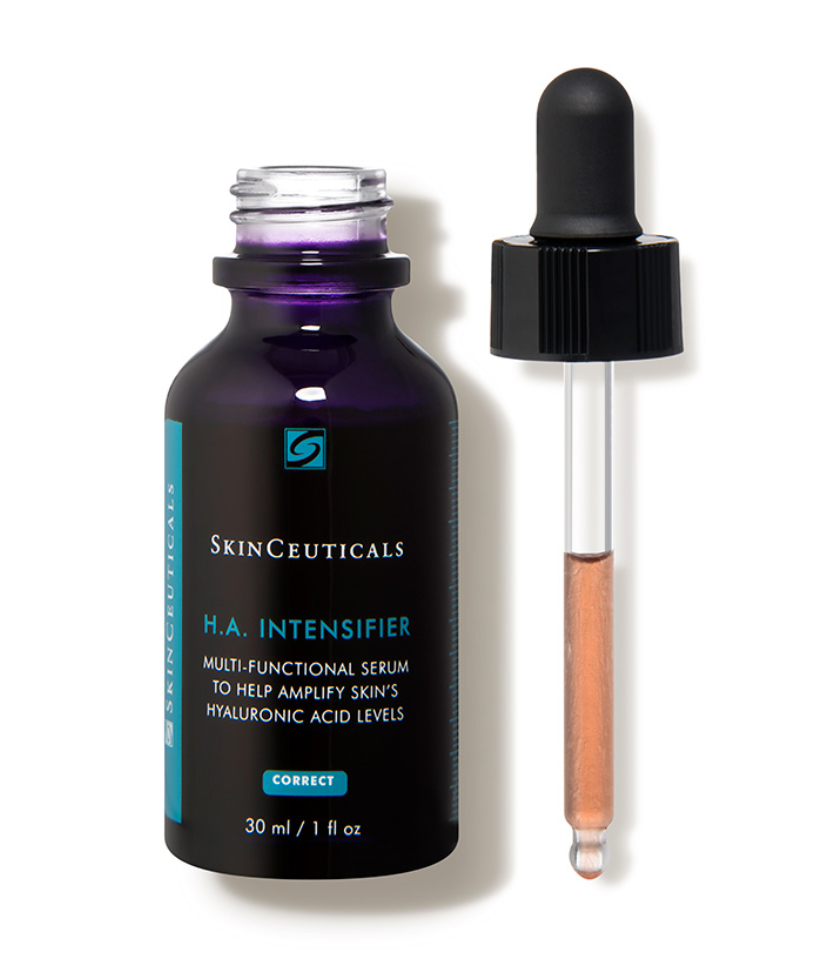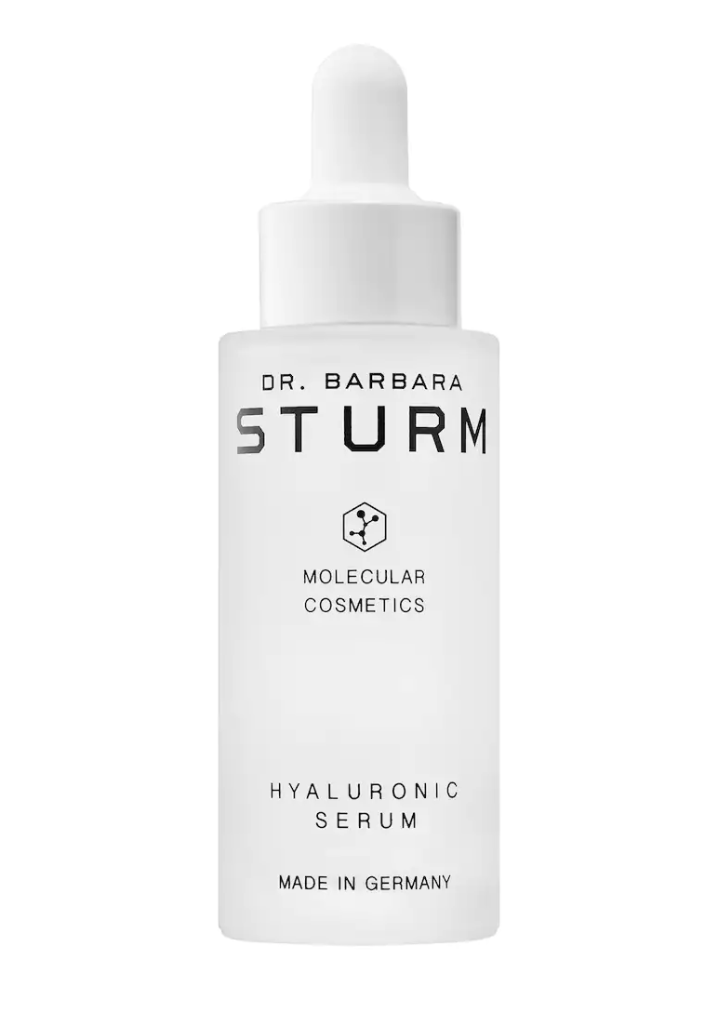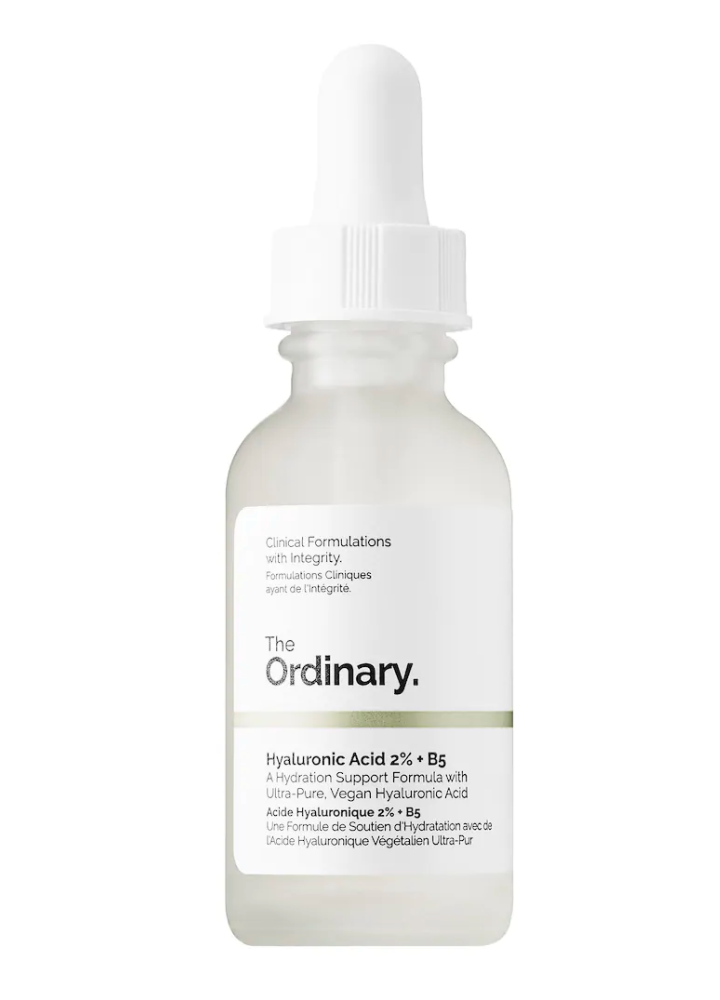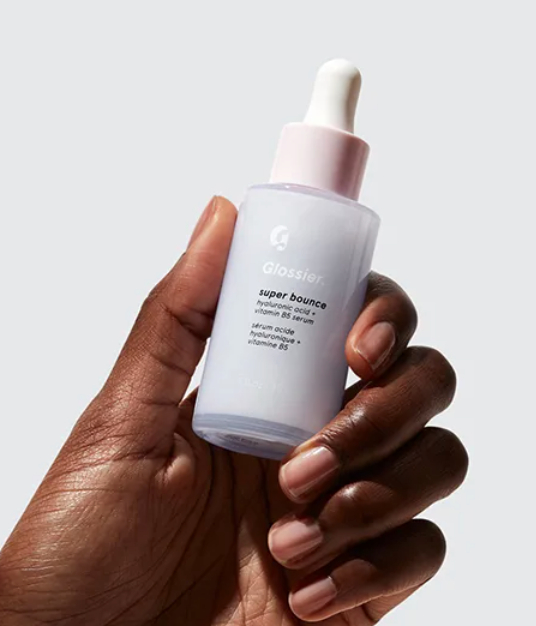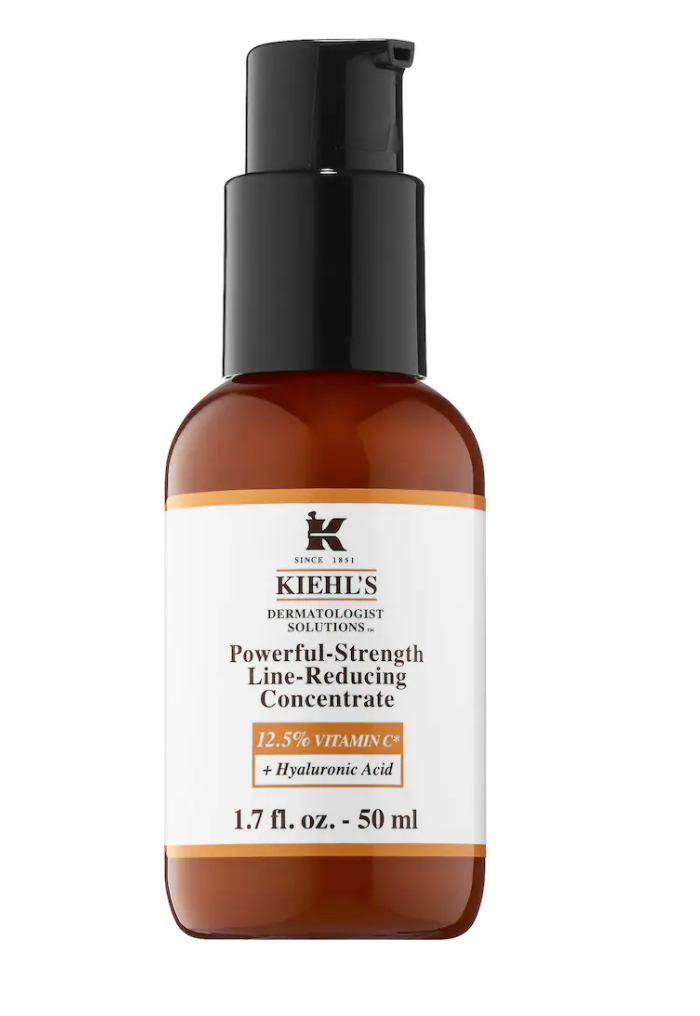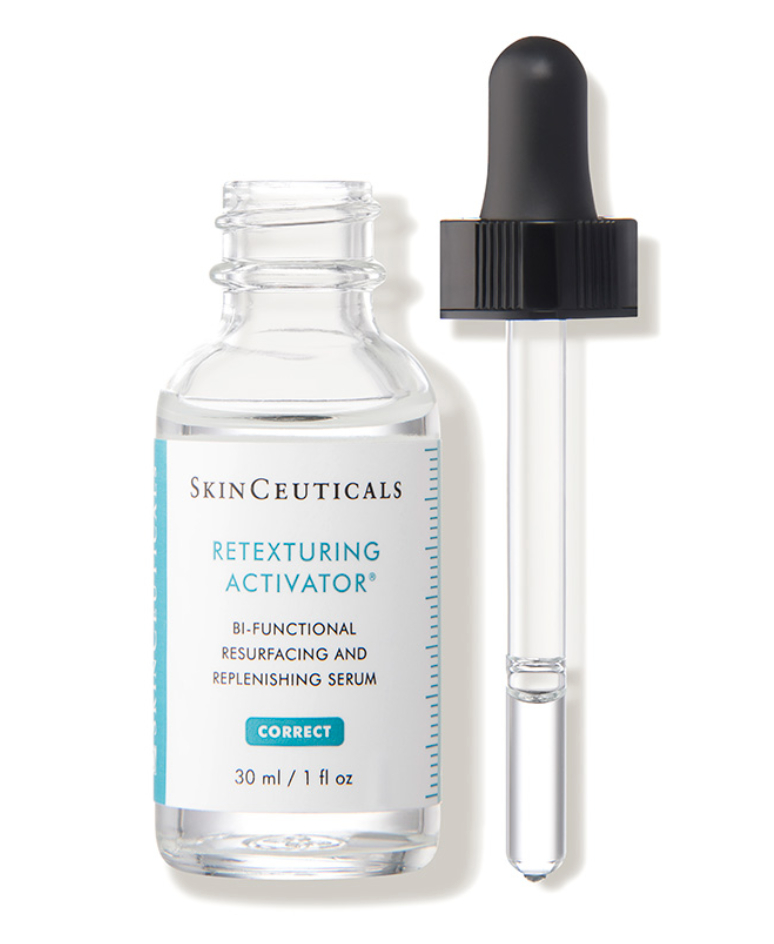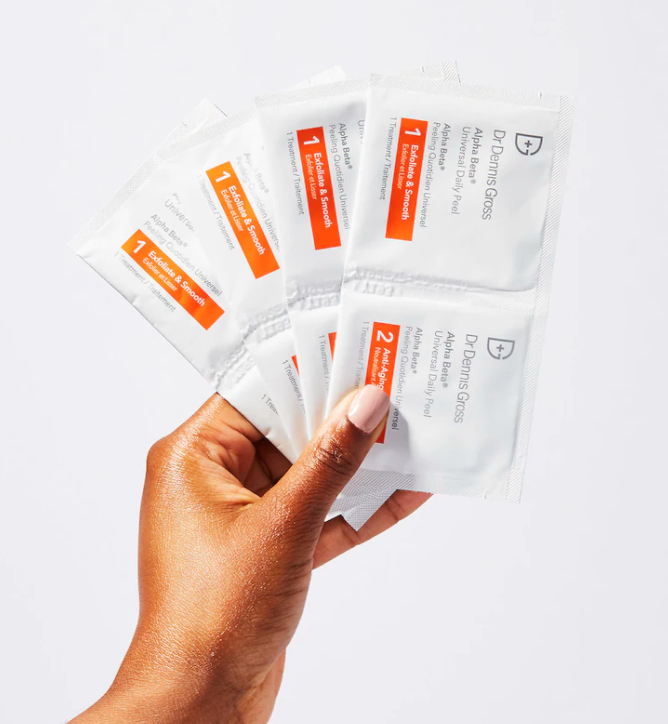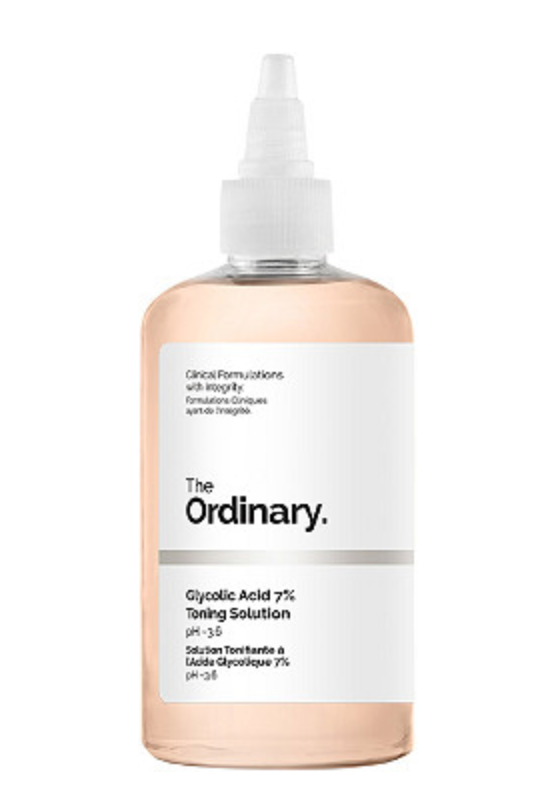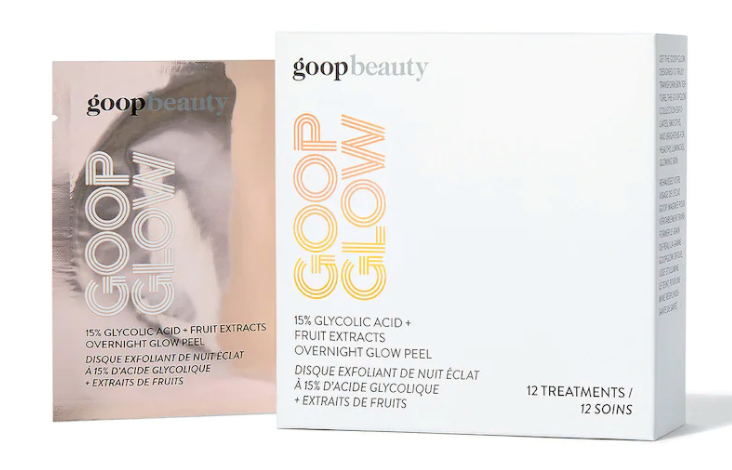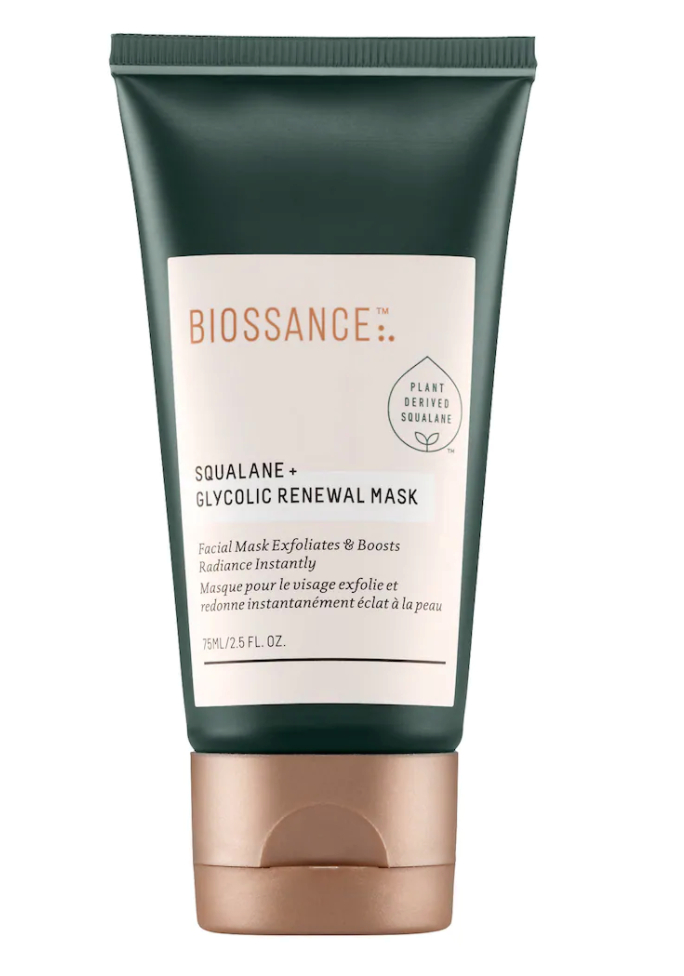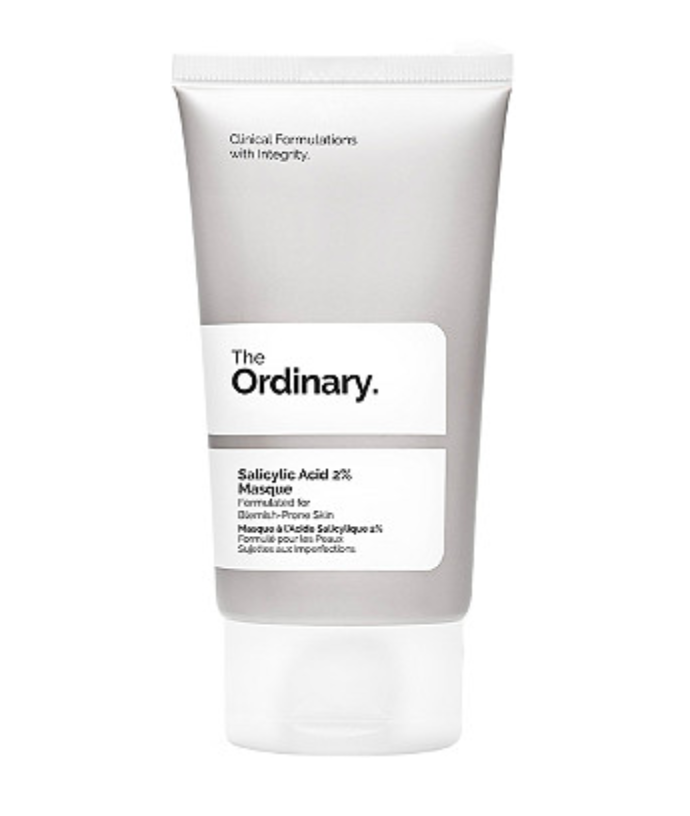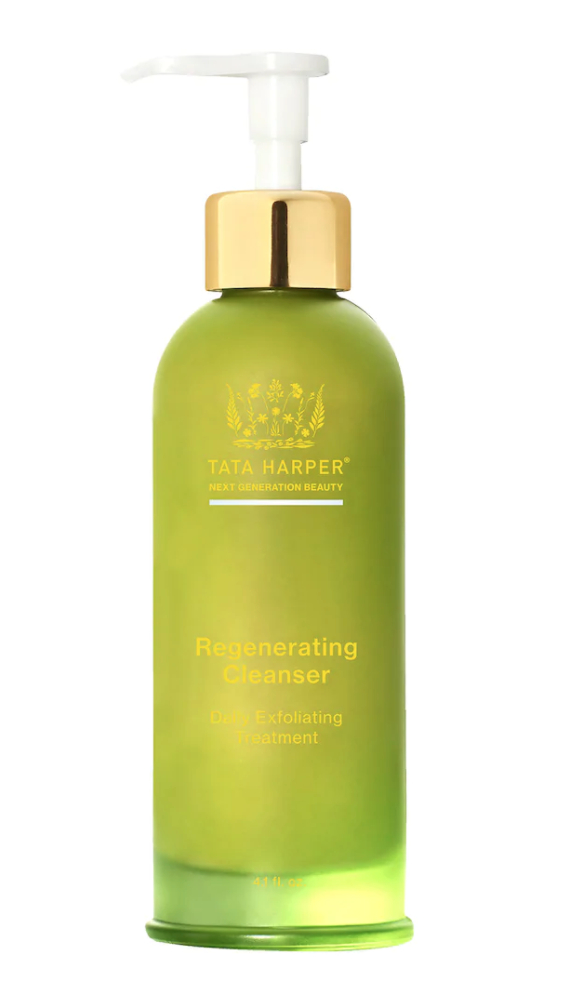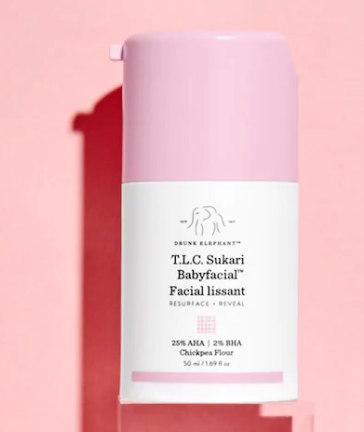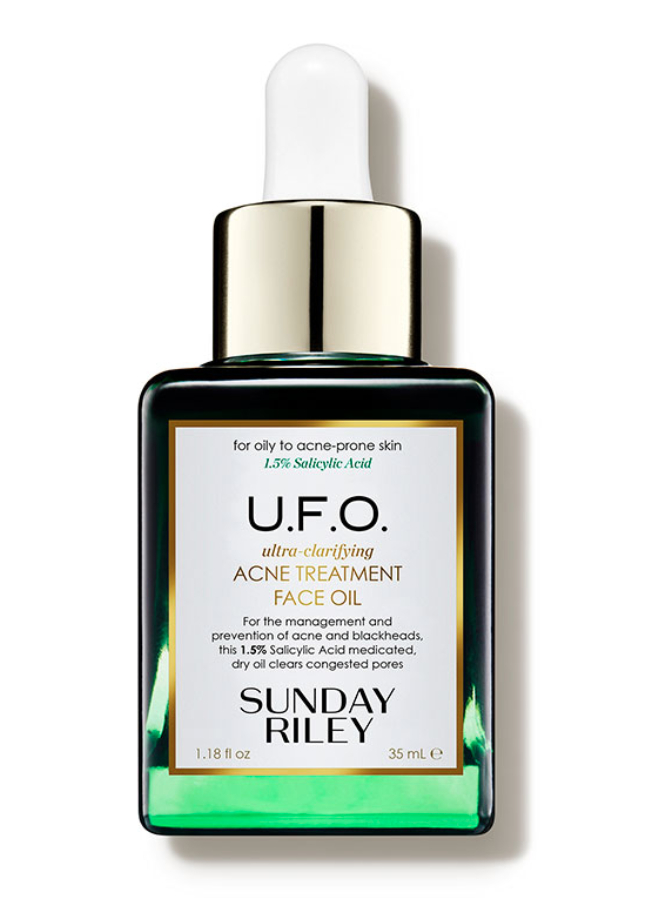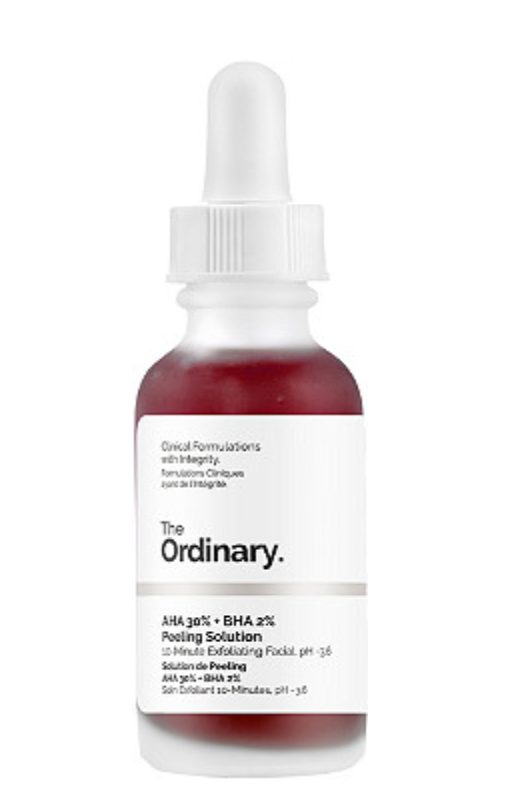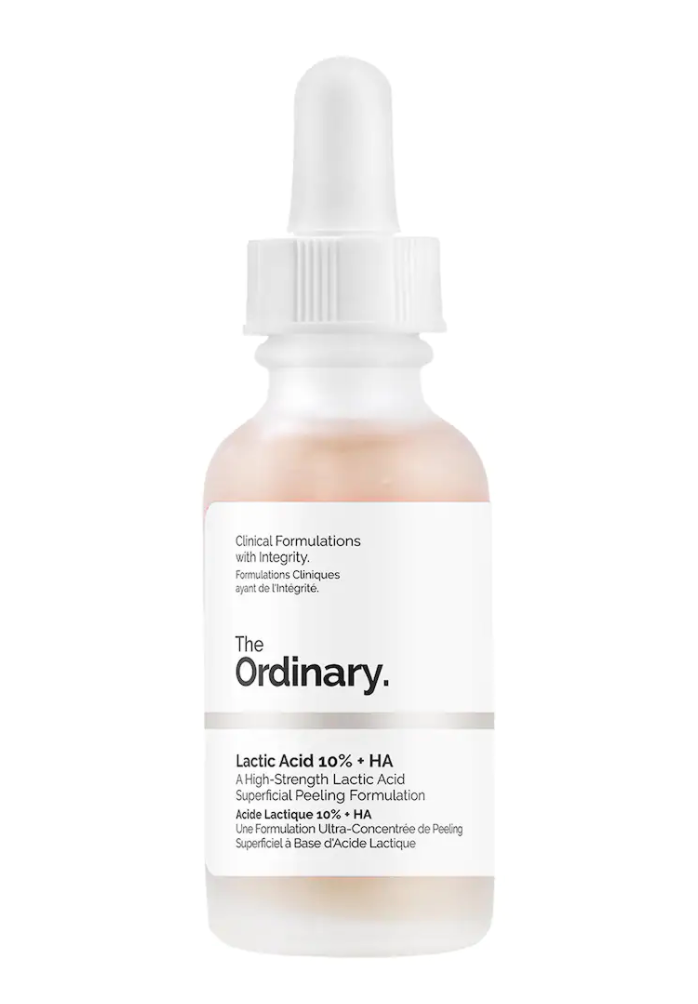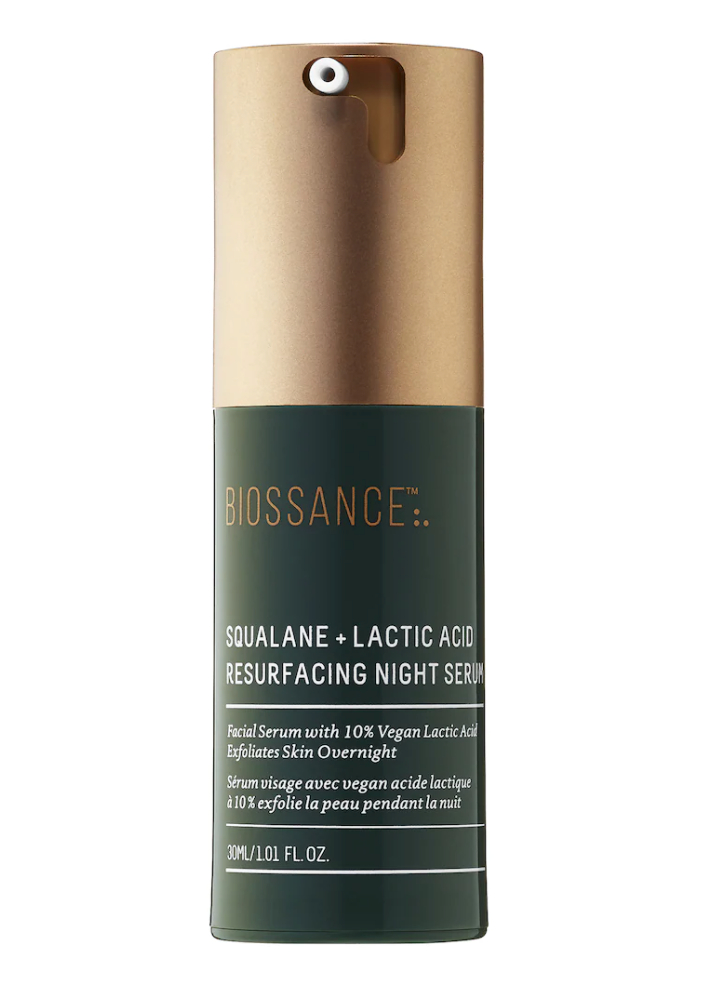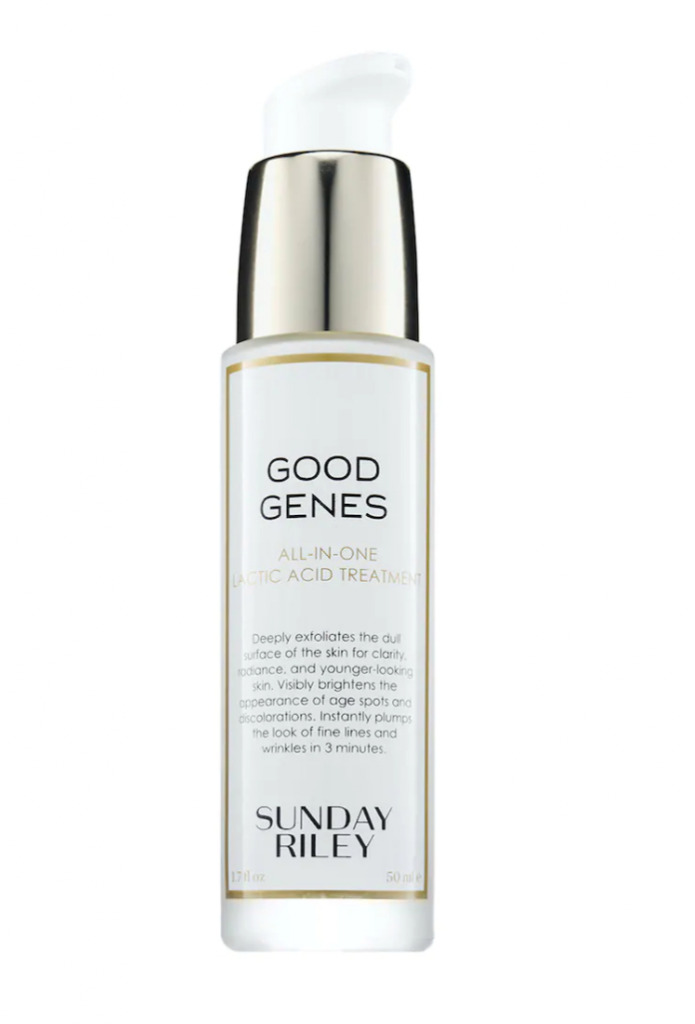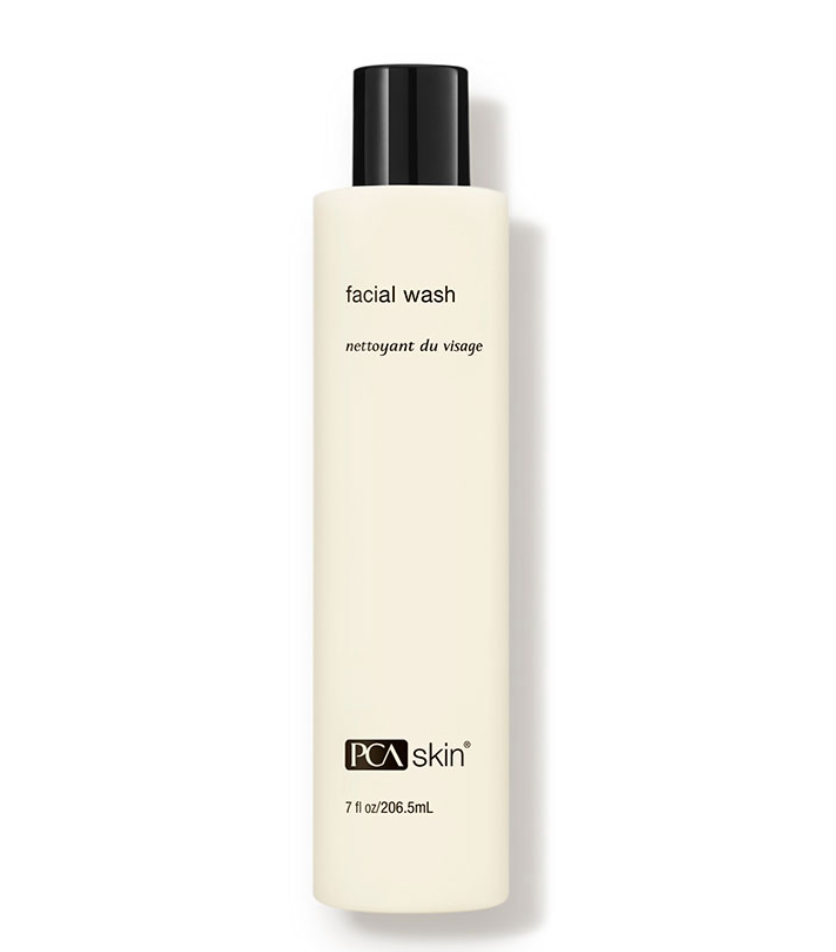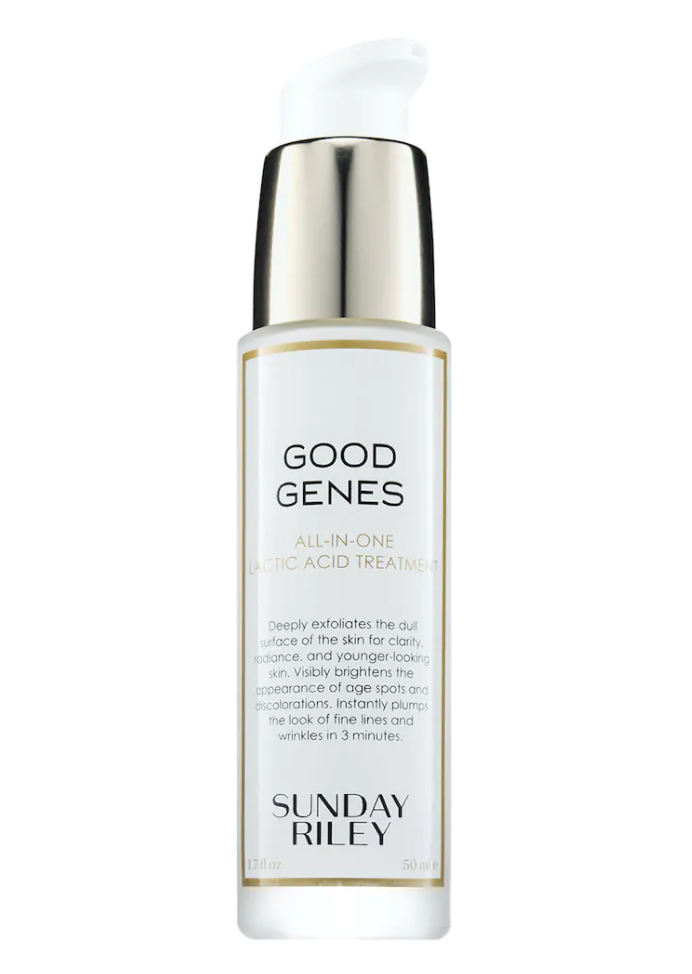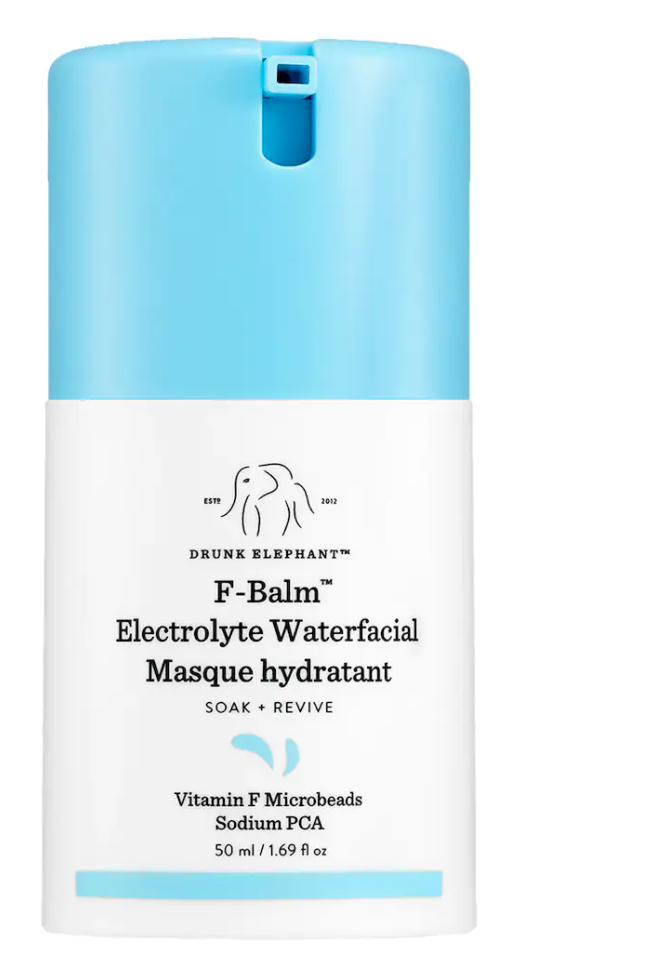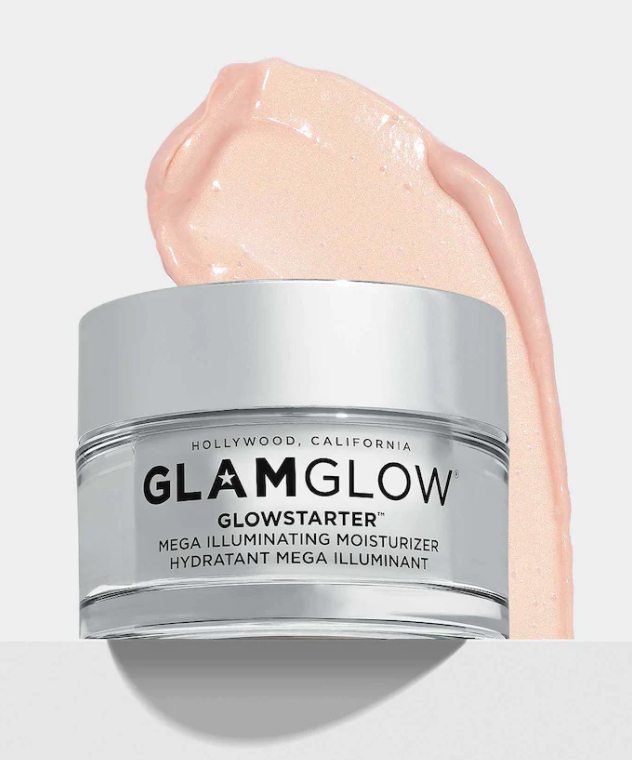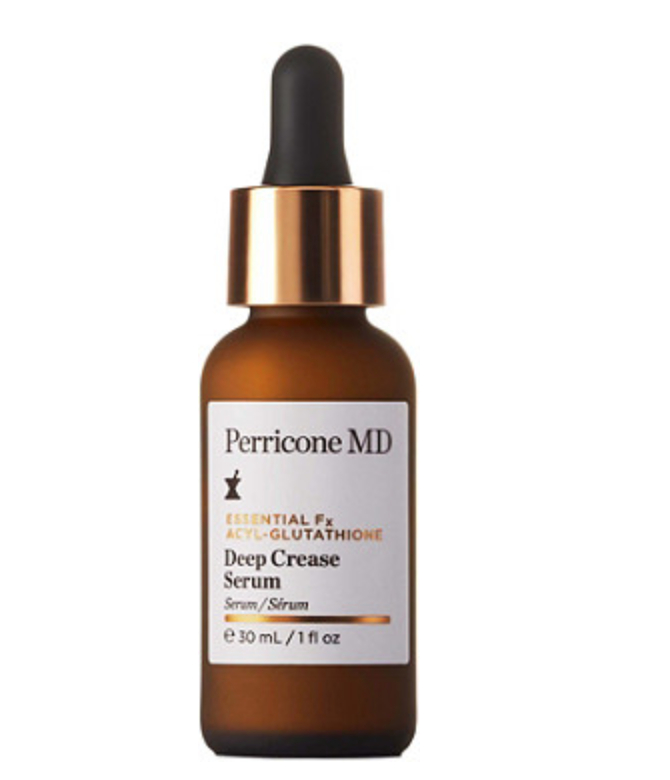Featured Image Source
If you’ve researched anything skincare-related before, I’m sure you’ve seen words like “acids,” “glycolic,” “salicylic” and other similar terms thrown around in product descriptions and tutorials. It can be seriously difficult to know what each of these terms mean and why they are important when it comes to skincare. Alpha Hydroxy Acids (AHAs) are the overarching group of acids that are commonly used in skincare products. Let’s go over the big ones and how each one interacts with your skin — then, keep scrolling for our product recs!. salicylic acid products

Hyaluronic Acid
First of all, what is hyaluronic acid? It’s a molecule “found in your skin as well as the connective tissue in your body.” This acid usually acts as a lubricant for our skin, hair, eyes, joints, and nerves. This is why hyaluronic acid is used as a hydrator in skin products, as it can bring moisture to the skin, reduce the appearance of wrinkles, and speeds the healing of wounds. Hyaluronic acid has a counterpart, sodium hyaluronic, which is sometimes labeled as hyaluronic acid as well, so be aware when looking at labels. Sodium hyaluronic is a form of rock salt, which can be drying to your skin if the percentage is too high. salicylic acid products
Glycolic Acid
Glycolic acid comes from sugar cane and is one of the most simple acids in structure, making it easy to seep into the skin. This acid is usually used as an exfoliant and is often used to get rid of dark spots created by the build-up of dead skin. Other uses include preventing acne, evening out skin tone, and thickening skin. If you have sensitive skin, you’ll want to start with a small percentage or in a gentle product. Glycolic acid also increases sun sensitivity, so you’ll want to make sure you wear sunscreen out after its use.
Salicylic Acid
This acid is a beta hydroxy acid, not an AHA, which means it is oil-based and not water-based. Salicylic acid also comes from willow bark and works deep beneath the skin to do its work. Because of this, it is often used to target acne or blackheads, working deep down to remove them and clean out your skin. Salicyclic acid products are also anti-inflammatory so they help with redness and inflammation that can be caused by acne or skin scaring. It is used as an exfoliate and to combat breakouts but be careful not to overuse it and cause dryness. salicylic acid products
Lactic Acid
Lactic acid is a component taken from sour milk, which sounds disgusting but is a really good tool when it comes to skincare. This acid is used as an exfoliate that can reduce acne, diminish wrinkles and fine lines, help regenerate new and younger-looking skin, and can kill bacteria. Because this acid is structurally larger than many of the others, it is best used for surface treatment and doesn’t sink in as deeper as other acids might. This acid is also less intense because of this and can be used more than others like salicylic. Though, you should always read directions and don’t overuse any acid because it can lead to increased redness or inflammation.
Linoleic acid
This is the acid that makes up Vitamin F which is often used in skincare products and is also referred to as a fatty acid. Linoleic acid provides moisture and plumping effects for the skin and can combat acne. When people have acne, they usually have an abundance of oleic acid which needs to be balanced out with linoleic acid. Linoleic acid can be really helpful for your skin but it often has a pretty short shelf life, so be wary of that when purchasing products.

Did we miss any? Comment below if there are any acids you want us to cover in the future!
For More Skincare Recommendations, Read These:
Is Succinic Acid Your New Skincare Hero? Science Says Yes
Keep Your Skin Happy, Not Greasy, This Summer With These 10 Gel Moisturizers

